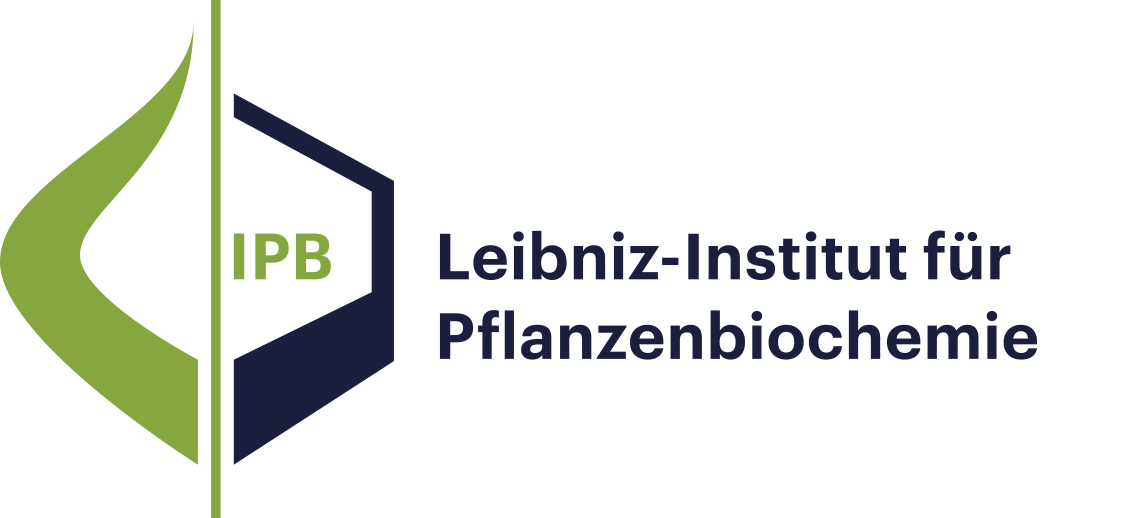Publikationen - Molekulare Signalverarbeitung
- Ergebnisse als:
- Druckansicht
- Endnote (RIS)
- BibTeX
- Tabelle: CSV | HTML
Publikation
Publikation
Diese Seite wurde zuletzt am 15 Aug 2012 geändert.
Leitbild und Forschungsprofil
Molekulare Signalverarbeitung
Natur- und Wirkstoffchemie
Biochemie pflanzlicher Interaktionen
Stoffwechsel- und Zellbiologie
Unabhängige Nachwuchsgruppen
Program Center MetaCom
Publikationen
Gute Wissenschaftliche Praxis
Forschungsförderung
Netzwerke und Verbundprojekte
Symposien und Kolloquien
Alumni-Forschungsgruppen
Publikationen
Publikationen - Molekulare Signalverarbeitung
Publikation
A somatic embryogenesis receptor kinase like (SERKL) cDNA, designated PhSERKL, was isolated from date palm (Phoenix Dactylifera L) using RACE PCR. PhSERKL protein shared all the characteristic domains of the SERK family, including five leucine-rich repeats, one proline-rich region motif, a transmembrane domain, and kinase domains. Phylogenetic analyses using PHYLIP and Notung 2.7 programs suggest that the SERK proteins of some plant species resulted from relatively ancient duplication events. We predict an ancestor protein of monocots and dicots SERK using FASTML program. Somatic embryogenic cultures of date palm were established following transfer of callus cultures to medium containing 2, 4-dichlorophenoxyacetic acid. The role of PhSERKL gene during establishment of somatic embryogenesis in culture was investigated using quantitative real-time PCR. PhSERKL gene was highly expressed during embryogenic competence acquisition and globular embryo formation in culture. Overall, levels of expression of PhSERKL gene were lower in nonembryogenic tissues and organs than in embryogenic callus.
Publikation
Sugarcane mosaic virus (SCMV) is an important disease in maize, which is emerging in Germany since 1983. Using this pest as a model for the inheritance of oligogenic traits, we clarified the genetic basis for resistance in early maturing European maize germplasm. Screening of 122 adapted European inbred lines identified three completely resistant lines, which were used for further analyses. The genetics of SCMV resistance was investigated by allelism tests in field experiments combined with QTL and bulked segregant analyses (BSA) on the marker level. QTL analyses revealed the presence of two major genes Scm1 and Scm2 plus three minor QTL. Involvement of Scm1 and Scm2 in the inheritance of SCMV resistance could be confirmed by BSA in a second cross. Breeders can make use of tightly linked STS markers for marker-assisted selection (MAS) as well as our SCMV resistant flint lines to improve their elite germplasm. Currently, recurrent backcrossing with phenotypic selection is the most appropriate and cost effective breeding method. With decreasing costs of DNA chip technology, MAS can be competitive with phenotypic selection in the near future. Further objectives of our research are the isolation and cloning of Scm1 and Scm2. To achieve this goal we follow two different approaches. (1) Positional cloning based on more than 500 AFLP primer combinations resulted in Scm1/Scm2 specific markers with a resolution of approximately 0.2 cM in the respective regions. (2) Resistance gene analogues (RGAs), cosegregating with the target genes are used to identify further candidate genes for transformation experiments.
Publikation
We found three methyl jasmonate−induced lipoxygenases with molecular masses of 92 kDa, 98 kDa, and 100 kDa (LOX‐92, ‐98 and ‐100) [Feussner, I., Hause, B., Vörös, K., Parthier, B. & Wasternack, C. (1995) Plant J. 7 , 949−957]. At least two of them (LOX‐92 and LOX‐100), were shown to be localized within chloroplasts of barley leaves. Here, we describe the isolation of a cDNA (3073 bp) coding for LOX‐100, a protein of 936 amino acid residues and a molecular mass of 106 kDa. By sequence comparison this lipoxygenase could be identified as LOX2‐type lipoxygenase and was therefore designated LOX2 : Hv : 1 . The recombinant lipoxygenase was expressed in Escherichia coli and characterized as linoleate 13‐LOX and arachidonate 15‐LOX, respectively. The enzyme exhibited a pH optimum around pH 7.0 and a moderate substrate preference for linoleic acid. The gene was transiently expressed after exogenous application of jasmonic acid methyl ester with a maximum between 12 h and 18 h. Its expression was not affected by exogenous application of abscisic acid. Also a rise of endogenous jasmonic acid resulting from sorbitol stress did not induce LOX2 : Hv : 1 , suggesting a separate signalling pathway compared with other jasmonate‐induced proteins of barley. The properties of LOX2 : Hv : 1 are discussed in relation to its possible involvement in jasmonic acid biosynthesis and other LOX forms of barley identified so far.
Diese Seite wurde zuletzt am 15 Aug 2012 geändert.

